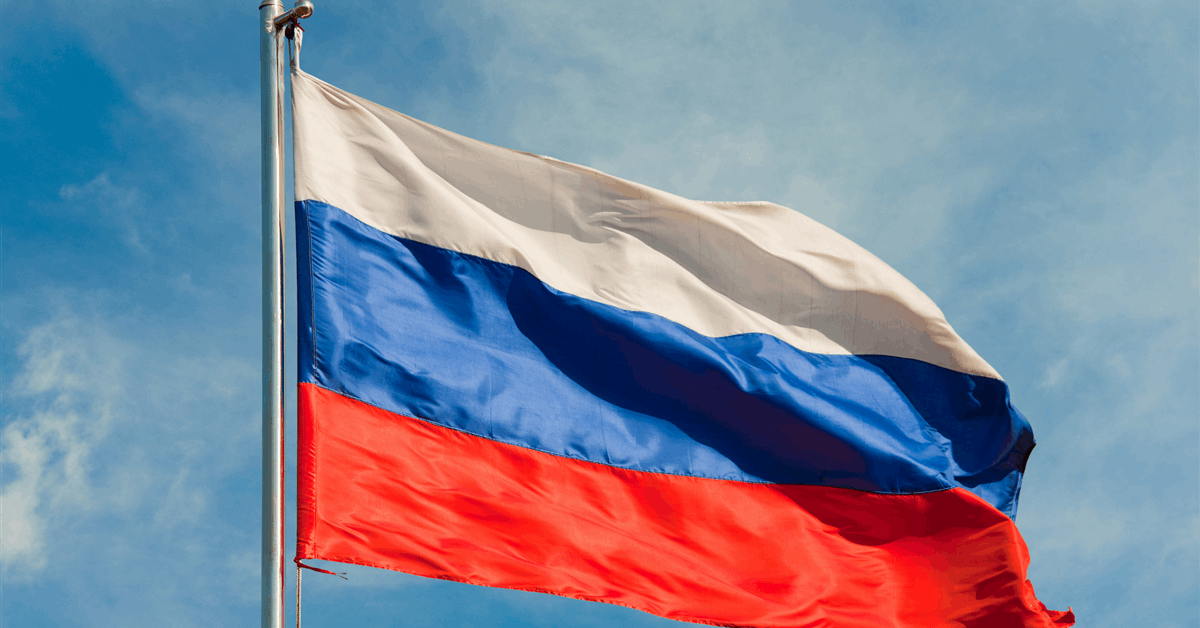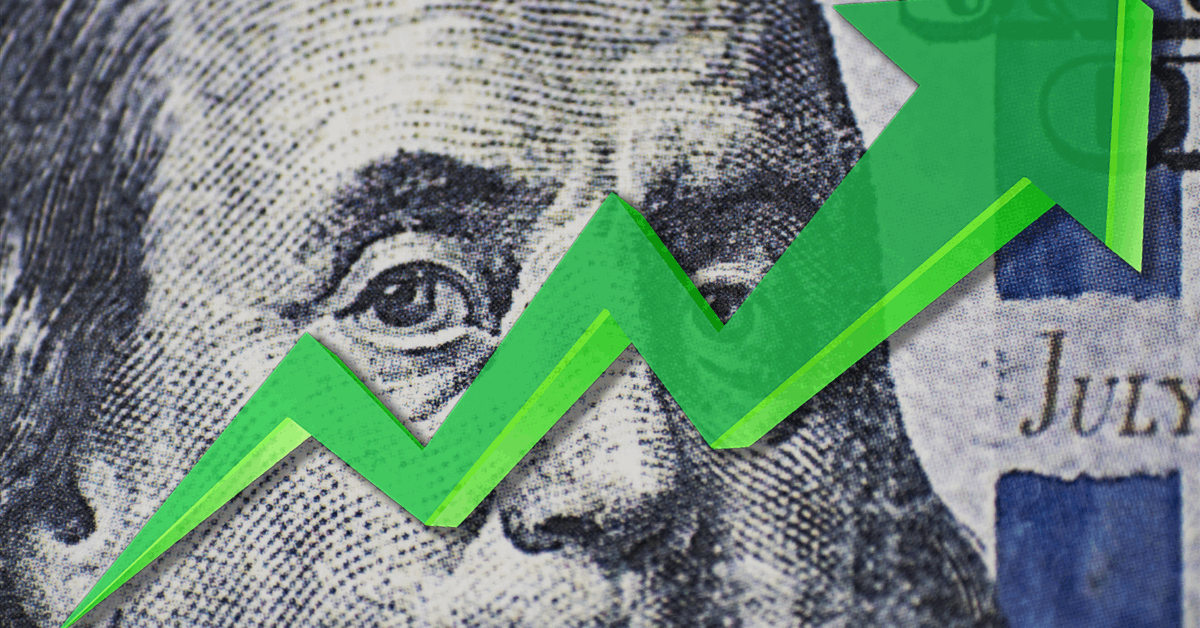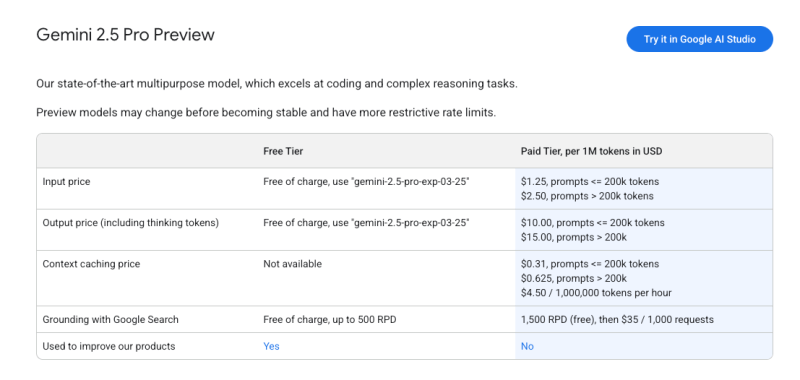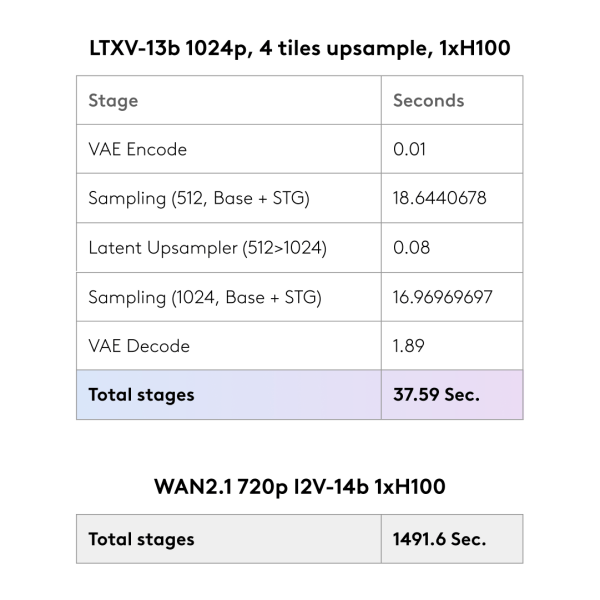
Russia is considering changing its key budget-building mechanism in response to sliding oil revenue, in a sign the Kremlin expects crude prices will remain lower for longer while the war in Ukraine continues to drain state coffers.
The government may reduce the threshold of its so-called budget rule to around $50 per barrel from $60 currently from next year if crude prices remain low, according to a person familiar with the matter, asking not to be identified because the considerations aren’t public. Discussions are at an early stage and a key challenge for officials is that it would require cuts in state spending while the war continues absorbing resources, according to that person.
Russia has long used the budget rule as a kind of insurance against falling oil prices. That mechanism allows the state to transfer surplus energy revenue to its National Wellbeing Fund when Russian crude costs more than $60 per barrel. The accumulated reserves then help compensate for when oil prices are lower.
A Russian Finance Ministry spokesman didn’t respond to a request for comment.
Crude has slumped to around a four-year low on expectations that US President Donald Trump’s trade war will hurt demand, and as the OPEC+ alliance led by Saudi Arabia and Russia abandons its longstanding strategy of supporting oil prices.
Russia depends on revenue from oil and gas sales for 30% of the state’s income. The debate about lowering the threshold under the budget rule indicates the government is increasingly certain that the slump in global oil prices will continue and that it can’t expect a significant rebound any time soon. That would force the Kremlin to find other ways of replenishing its war chest amid record levels of spending on the military.
The wellbeing fund has already been heavily depleted due to the Kremlin’s financing of the war in Ukraine that’s now in its fourth year. Liquid funds available to spend fell to 3.3 trillion rubles ($41 billion) in April versus 8.4 trillion rubles at the beginning of 2022, before the invasion began.
The current $60 per barrel threshold for funneling excess revenue into the wellbeing fund has become increasingly untenable as export prices for Russian crude fell below that level and the Finance Ministry continued to dip into the reserves to bolster the budget, accelerating their depletion.
The Finance Ministry more than tripled its budget deficit target for 2025 last week after expectations for revenue and the price of oil were reduced.
The benchmark Brent crude has so far in May been trading near its lowest since early 2021 as Trump’s tariff war threatens to derail global economic growth and undercut energy demand.
Several key members of the Organization of the Petroleum Exporting Countries and their allies, including Russia, agreed on Saturday to continue restoring their crude production in June at an accelerated pace, further fueling concerns of a supply glut.
Russia backed the plan because it expects higher crude output to at least partly compensate for the loss of budget revenue from lower prices, according to a government official, speaking on condition of anonymity.
Following the OPEC+ members’ decision, Russia will be able to raise its crude-only production to 9.16 million barrels a day in June. In March, the nation pumped 8.965 million barrels a day, according to people familiar with the matter.
WHAT DO YOU THINK?
Generated by readers, the comments included herein do not reflect the views and opinions of Rigzone. All comments are subject to editorial review. Off-topic, inappropriate or insulting comments will be removed.
MORE FROM THIS AUTHOR
Bloomberg





















